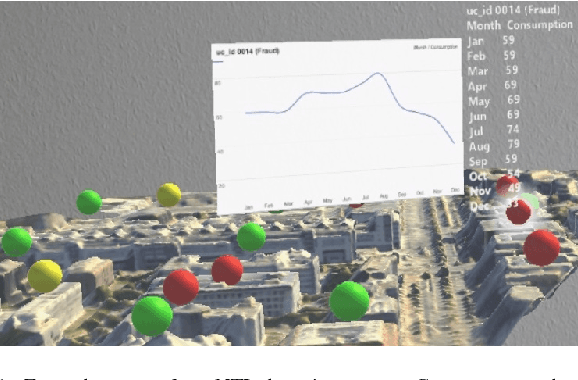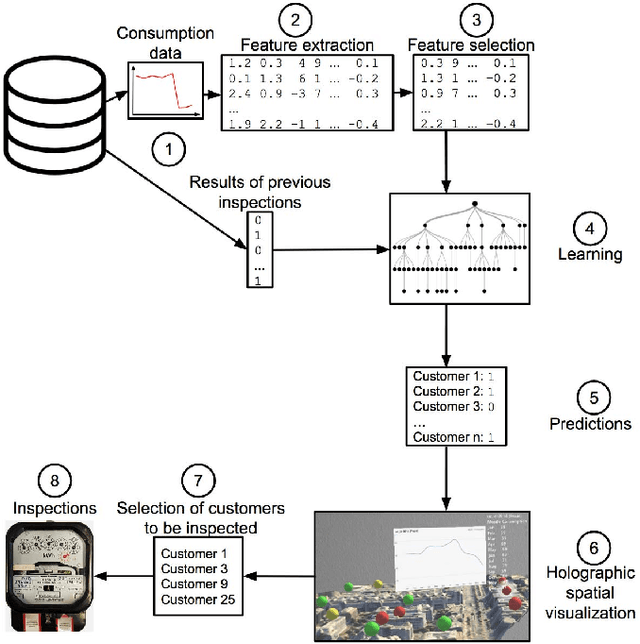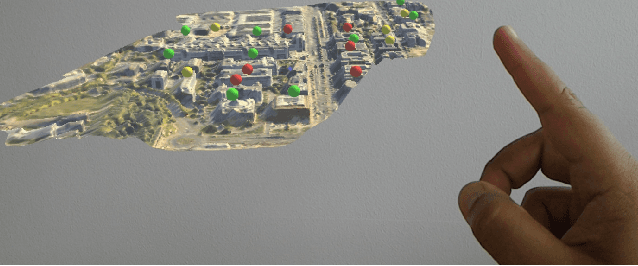Niklas Dahringer
Identifying Irregular Power Usage by Turning Predictions into Holographic Spatial Visualizations
Sep 09, 2017



Abstract:Power grids are critical infrastructure assets that face non-technical losses (NTL) such as electricity theft or faulty meters. NTL may range up to 40% of the total electricity distributed in emerging countries. Industrial NTL detection systems are still largely based on expert knowledge when deciding whether to carry out costly on-site inspections of customers. Electricity providers are reluctant to move to large-scale deployments of automated systems that learn NTL profiles from data due to the latter's propensity to suggest a large number of unnecessary inspections. In this paper, we propose a novel system that combines automated statistical decision making with expert knowledge. First, we propose a machine learning framework that classifies customers into NTL or non-NTL using a variety of features derived from the customers' consumption data. The methodology used is specifically tailored to the level of noise in the data. Second, in order to allow human experts to feed their knowledge in the decision loop, we propose a method for visualizing prediction results at various granularity levels in a spatial hologram. Our approach allows domain experts to put the classification results into the context of the data and to incorporate their knowledge for making the final decisions of which customers to inspect. This work has resulted in appreciable results on a real-world data set of 3.6M customers. Our system is being deployed in a commercial NTL detection software.
Electricity Theft Detection using Machine Learning
Aug 19, 2017



Abstract:Non-technical losses (NTL) in electric power grids arise through electricity theft, broken electric meters or billing errors. They can harm the power supplier as well as the whole economy of a country through losses of up to 40% of the total power distribution. For NTL detection, researchers use artificial intelligence to analyse data. This work is about improving the extraction of more meaningful features from a data set. With these features, the prediction quality will increase.
 Add to Chrome
Add to Chrome Add to Firefox
Add to Firefox Add to Edge
Add to Edge